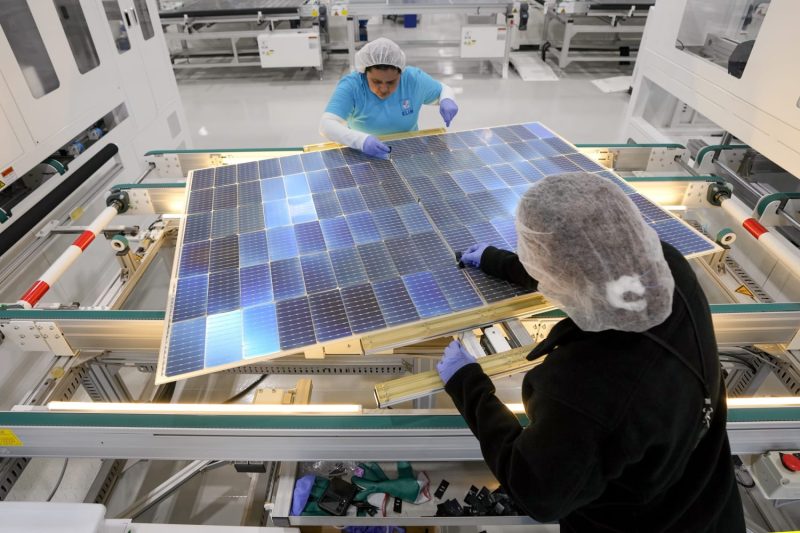The Inflation Reduction Act: A Catalyst for Economic Growth and Clean Energy Innovation
The Inflation Reduction Act, passed in response to rising inflation rates, had far-reaching effects not only on the economy but also on the clean energy sector. This piece of legislation sparked a manufacturing and clean energy boom that revolutionized various industries and set the stage for a more sustainable and prosperous future.
At the heart of the Inflation Reduction Act was a series of incentives and subsidies aimed at boosting domestic manufacturing and promoting investment in clean energy technologies. These measures proved to be a game-changer, providing the necessary support for businesses to expand their operations and develop innovative solutions to combat climate change.
One of the key provisions of the act was the establishment of tax credits for companies that invested in clean energy projects. This incentivized businesses to transition towards renewable energy sources, such as solar and wind power, leading to a significant reduction in carbon emissions and a more sustainable energy landscape.
Furthermore, the Act also allocated funds for research and development in clean energy technologies, fostering a culture of innovation and driving advancements in energy efficiency and storage. This investment not only created new job opportunities in the clean energy sector but also positioned the United States as a global leader in renewable energy innovation.
The manufacturing sector also experienced a revival thanks to the incentives provided by the Inflation Reduction Act. Businesses were encouraged to invest in domestic production, leading to the creation of new manufacturing facilities and job opportunities across the country. This resurgence in manufacturing not only stimulated economic growth but also strengthened national security by reducing reliance on foreign imports.
Moreover, the act included provisions to modernize infrastructure and improve energy efficiency standards, creating a more resilient and sustainable economy. By investing in upgrading the nation’s infrastructure, the government laid the groundwork for future growth and ensured that businesses had the necessary resources to thrive in a rapidly changing economic landscape.
In conclusion, the Inflation Reduction Act was a transformative piece of legislation that not only addressed the challenges of rising inflation but also laid the foundation for a more sustainable and prosperous future. By incentivizing investment in clean energy and domestic manufacturing, the act sparked a manufacturing and clean energy boom that revolutionized various industries and positioned the United States as a global leader in renewable energy innovation. This legislative landmark serves as a testament to the power of proactive policy-making in driving economic growth and technological advancement.




























